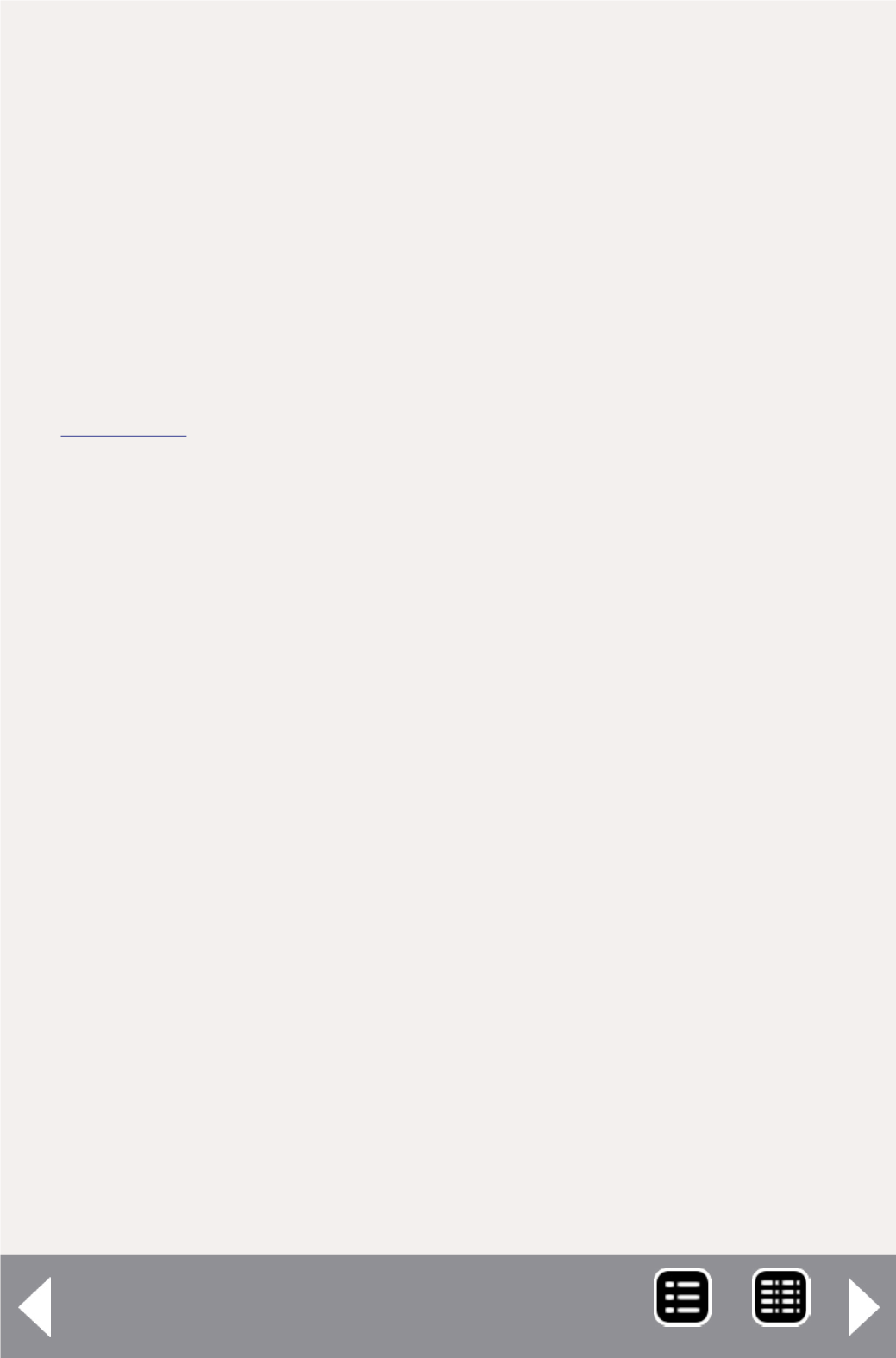
scene and create multiple views of the scene. This is where we
bring in another tool, panoramic photo stitching software. This
software blends overlapping individual images together to cre-
ate a blended wide image suitable for backdrops.
I required backdrop images for my railroad 12” tall and 17’
long, which required blending as many as 14 separate images
to create a single continuous image.
Several commercial and open-source (free) stitching pack-
ages are available. I chose a professional-grade package, PTGui
for ease of use, because I would be making hun-
dreds of blends as I developed my backgrounds. Other prod-
ucts are listed in the resources section.
As you create your rendered images, you need to consider
the overlap needed by the stitching process. 35% horizontal
overlap is considered minimum, but I opted for 50%, which
was a bit of overkill but assured minimal distortion. It also
was easy to calculate and keep track of. The camera rota-
tion to achieve this overlap is defined by the horizontal field
of view of the focal length setting on your Terragen camera.
I stuck with a focal length of 50mm which, on old-fashioned
35mm film cameras, is the focal length that best matches
human perspective. The horizontal field of view on a 50mm
lens is 39°, so rotating the camera 20° each frame created an
approximate 50% overlap. [10]
Extremely wide images like mine created some interesting
results that never quite made sense to me. Some of my scenes
“Some of my scenes resulted in
camera rotation of nearly 260°.”


